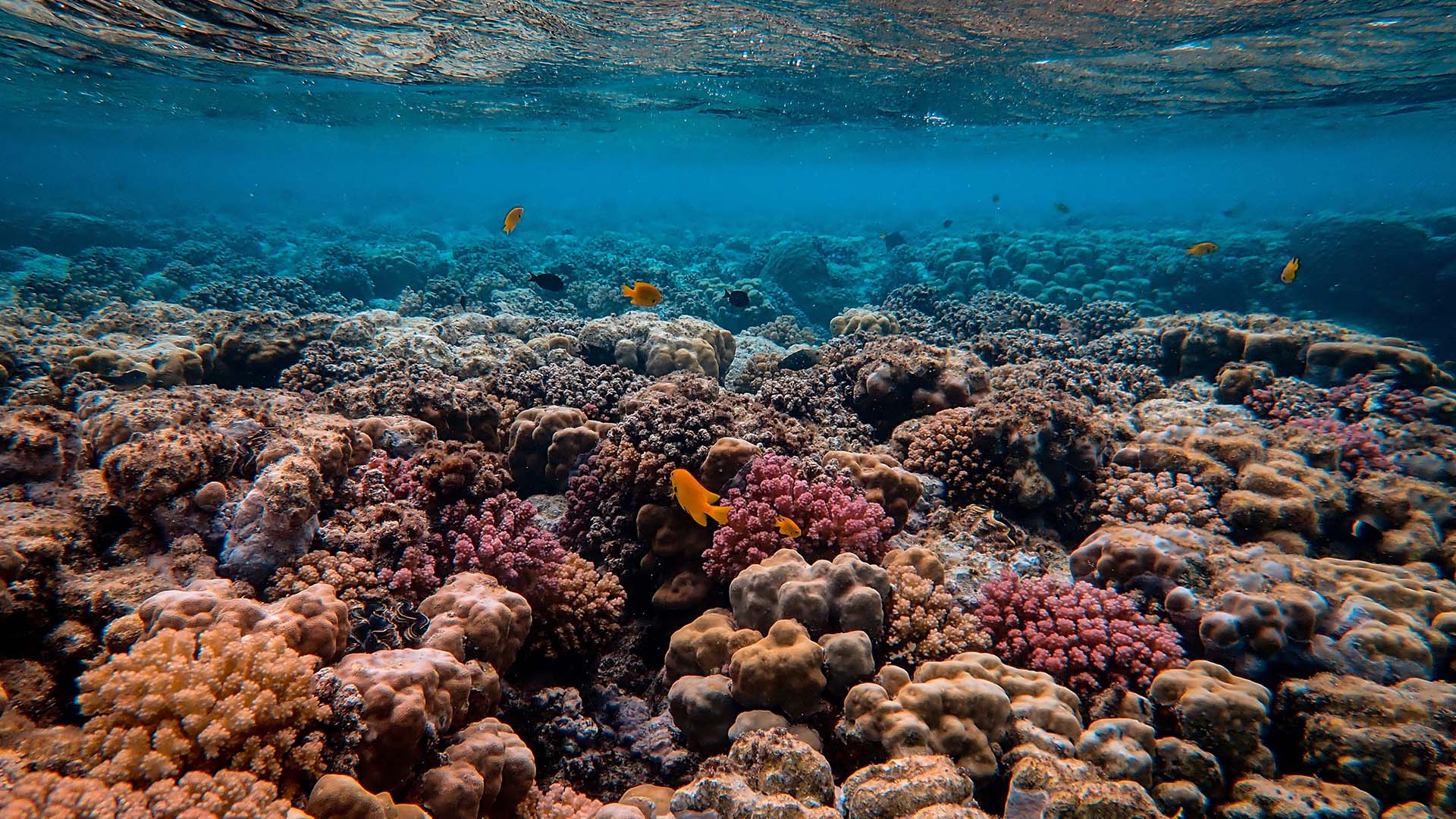
ASU researcher models critical climate collapse conditions
Regents Professor Ying-Cheng Lai led development of a mathematical mechanism that provides insight about the rate and effects of climate change

As humans continue to drive environmental damage through climate change, predicting points of no return becomes more crucial than ever. Worldwide, humanity and nature alike contend with increases in temperature, drought, wildfires, hurricanes, rising sea levels and more.
Ying-Cheng Lai, a Regents Professor of electrical engineering in the Ira A. Fulton Schools of Engineering at Arizona State University, leads projects investigating the impact of rate-induced tipping on the natural environment. Rate-induced tipping quantifies the rate at which a system changes to reach a tipping point, or the critical time at which major harm to the ecosystem occurs, such as the extinction of vital species.
Lai and his colleagues’ latest efforts analyzed the impact of rate-induced tipping on organisms that depend on one another for survival, such as the photosynthetic cells in a reef and the coral that depend on them. Using mathematical models, the researchers discovered that to avoid environmental catastrophes, a system would need to bring its rate of change as close to a halt as possible, rather than simply slowing it down.
Lai and his colleagues’ efforts earned their resulting paper, “Rate-induced tipping in complex high-dimensional ecological networks,” a spot in the Proceedings of the National Academy of Sciences, or PNAS, the scientific journal of the National Academy of Sciences.
A new frontier for rate-induced tipping research
While research on tipping points is a well-established field, Lai and his colleagues — who for this project included Shirin Panahi, a Fulton Schools electrical engineering postdoctoral fellow; Younghae Do, a professor of mathematics at South Korea’s Kyungpook National University; and Alan Hastings, a distinguished professor emeritus specializing in theoretical ecology at the University of California, Davis — took a new approach to examining the progression of rates of a system’s states to find when a system will collapse.
They found that previous investigations in the field focused specifically on certain points in the phase space, which relies on spatial locations of system states, and their associated rates, rather than observing the full picture of all accessible points in the state space of the underlying system.
Lai and his team sought to find the probability of rate-induced tipping in the whole state space, then used the corresponding data to build a mathematical theory that could be applied generally to systems in the ecological and biological realms.
Evaluating environmental impact
An ecological example of the research’s applications is analyzing the effect of climate change-caused rates of environmental degradation on corals and their zooxanthellae, which are microscopic organisms that live in corals and provide them with food through photosynthesis.
As oceans warm due to absorbing more carbon from human-caused emissions, scientists can use the rate-induced tipping research to determine when the hotter water will cause irreversible damage to corals. An example of system-collapsing damage is severe bleaching, which happens when the zooxanthellae leave their coral hosts and put the corals in a vulnerable state.
Because corals support a variety of reef life, coral bleaching has large upstream impacts on ecosystems, including human populations whose food supply depends on fish that live in reefs.
“When the rate of parameter change exceeds some critical value, a system can collapse in the sense of massive extinction in relatively short time,” Lai says. “The main finding is that even a slow parameter change can suddenly lead to a system collapse with catastrophic consequences.”
Beyond climate change, the research can be applied to biological systems as well, such as estimating what rate of change results in failure of a cell to perform its genetically determined function.
Changing the course of future events
Ultimately, Lai wants to prepare humanity to avoid future disasters or mitigate their effects through his rate-induced tipping research. His future projects in the area aim to take his current knowledge further.
Lai plans to use his findings from the rate-induced tipping research to create machine learning models that can pinpoint systemic calamities for more specific applications. For example, he hopes to create a model to predict the potential collapse of the Atlantic Meridional Overturning Circulation, a current system transporting warm and cold water throughout the ocean that keeps the climate mild in Western Europe.
The currents’ movement is slowing as the oceans warm, and the machine learning model would build on Lai’s established research to determine when Western Europe should prepare for severe changes in the climate due to the currents’ decline.
As he sets out to understand and predict sudden systemic changes in nonlinear and complex dynamical systems and beyond, Lai is confident ASU serves as a great institution at which to conduct his research.
“This line of research is strongly interdisciplinary among applied mathematics, physics, engineering, ecology, scientific computing and machine learning,” he says. “ASU has provided a world-class interdisciplinary environment that greatly facilitated the research.”
Lai also emphasizes the importance of having his work published in PNAS.
“PNAS is a selective journal,” Lai says. “A paper published in PNAS will receive attention from the research community. It will also be helpful for the career development of my postdoctoral fellow and coauthor Shirin Panahi.”



































